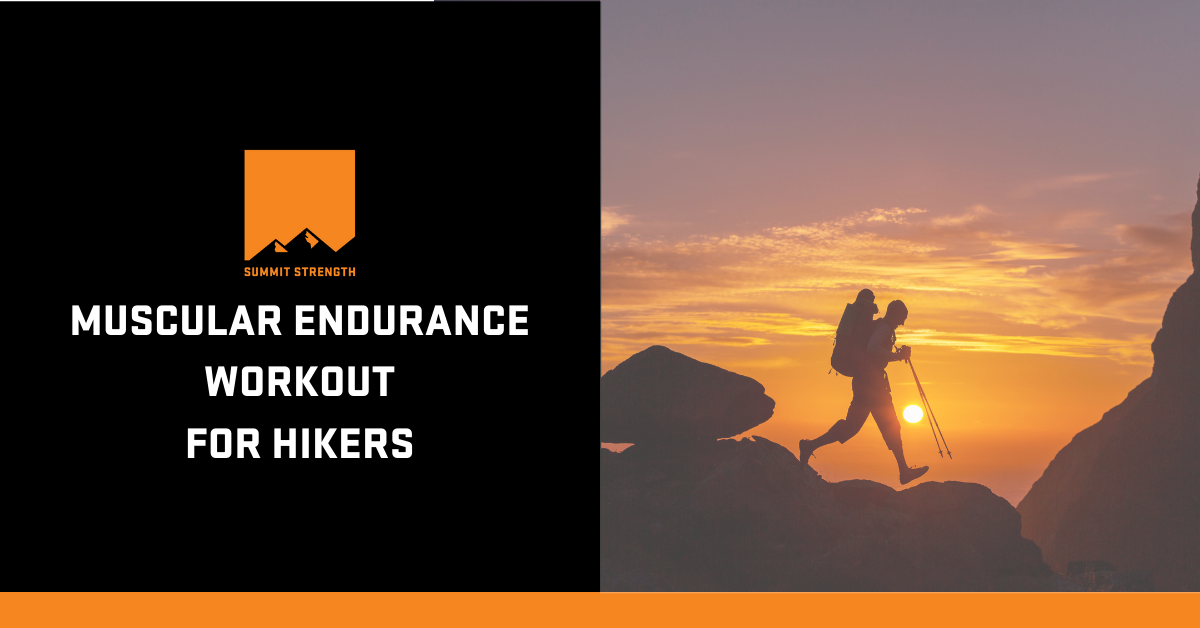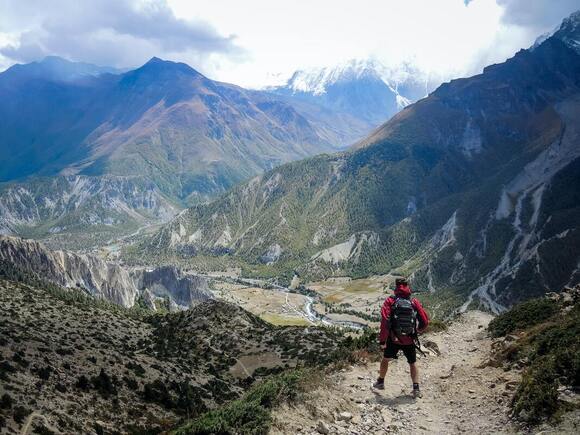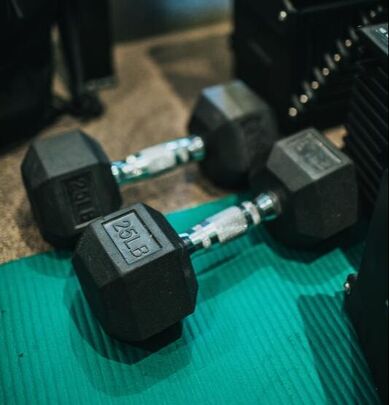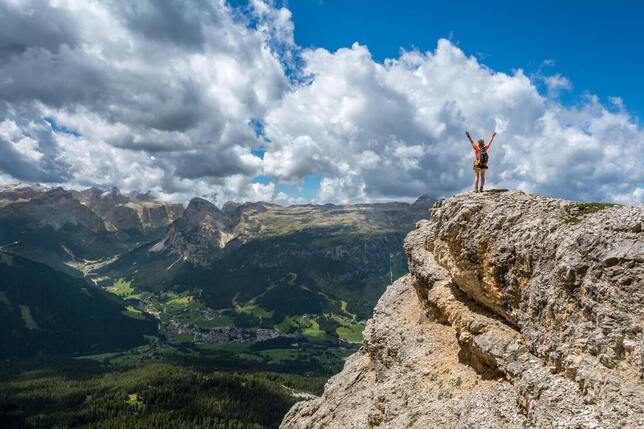|
This article and video shares a fantastic home workout a hiker can use to improve their leg endurance. Ultimately, this will help strengthen your elevation hiking, make heavier pack carries easier, and improve your speed on the trail.
|
AuthorRowan is a personal trainer who specialises in training for hiking, trekkers and mountaineers for their bucket list adventures. Archives
July 2024
Categories
All
|
AboutSummit Strength is a personal training for hiking service created specifically to help hikers have the best chance of a safe, enjoyable and successful adventure.
|
Company |
Services |
|
|
© COPYRIGHT 2018. ALL RIGHTS RESERVED.
|
Website Design by My Personal Trainer Website
|






 RSS Feed
RSS Feed
